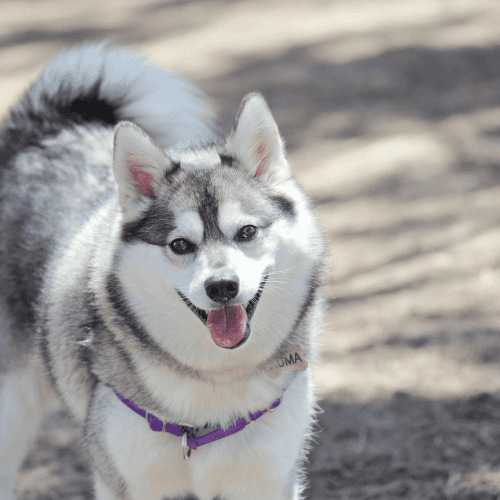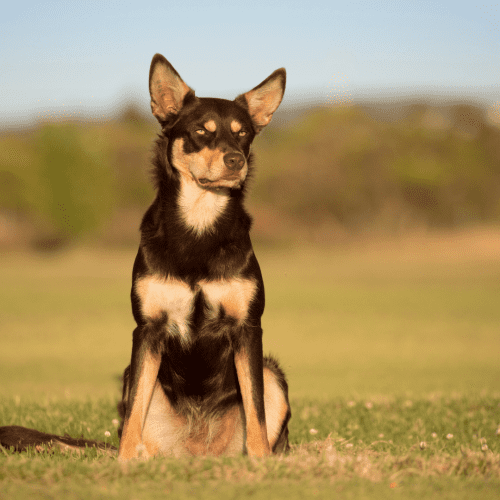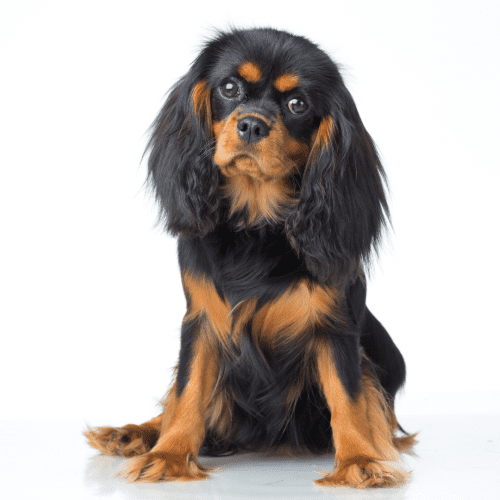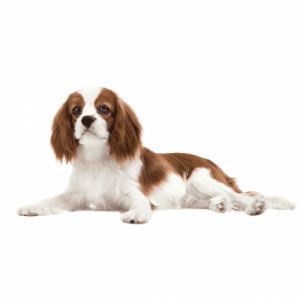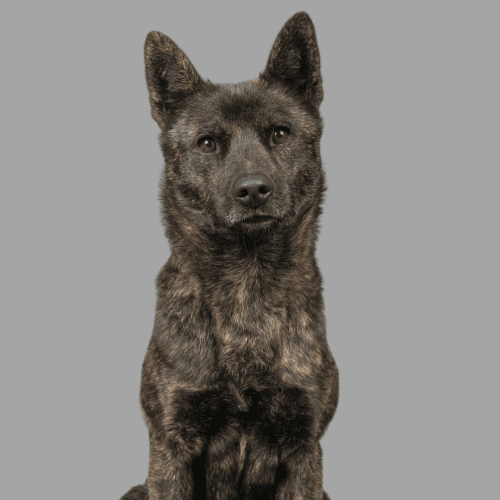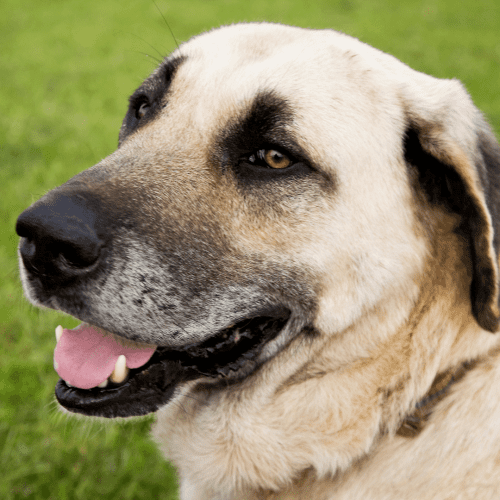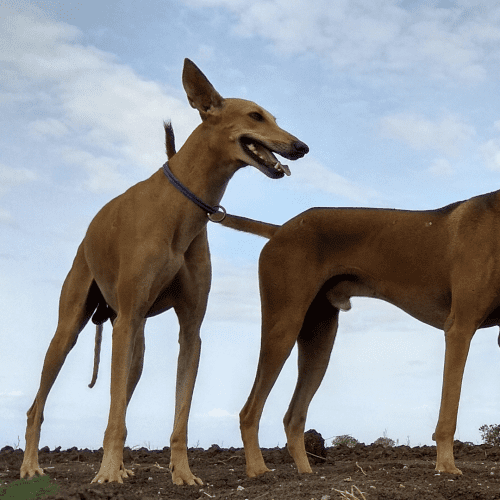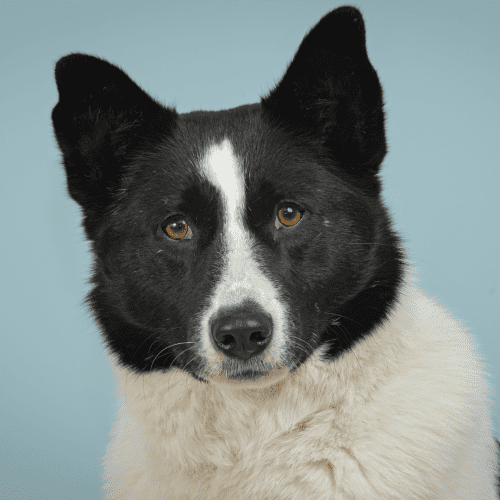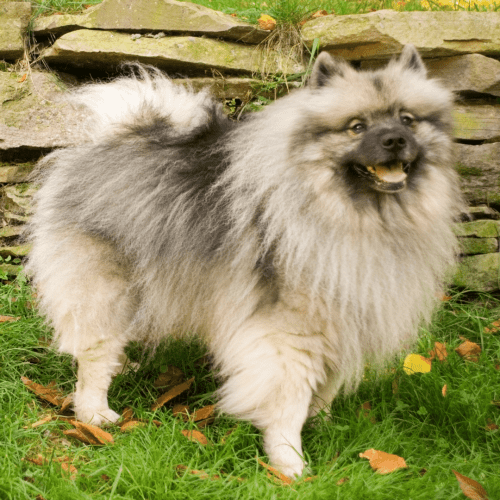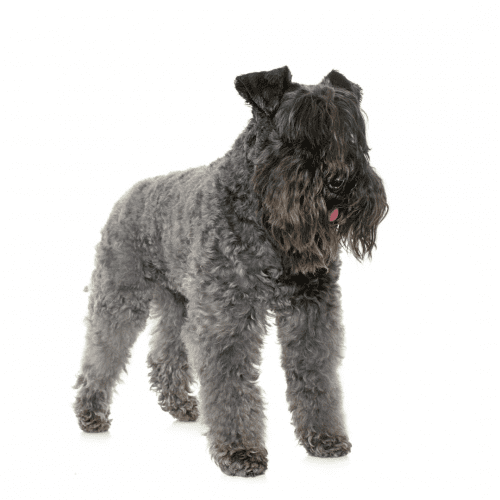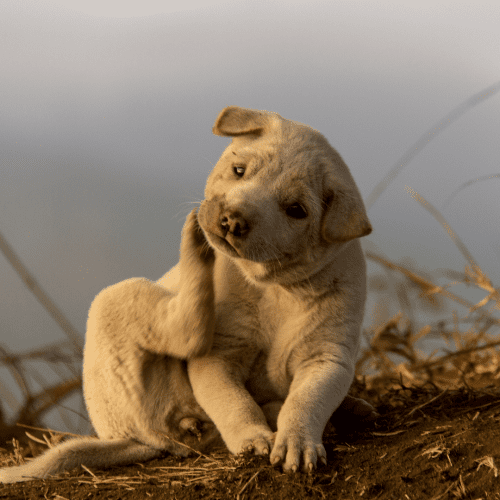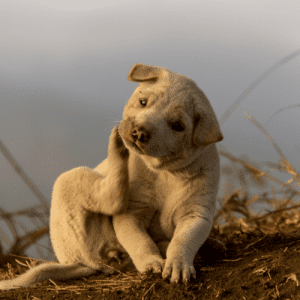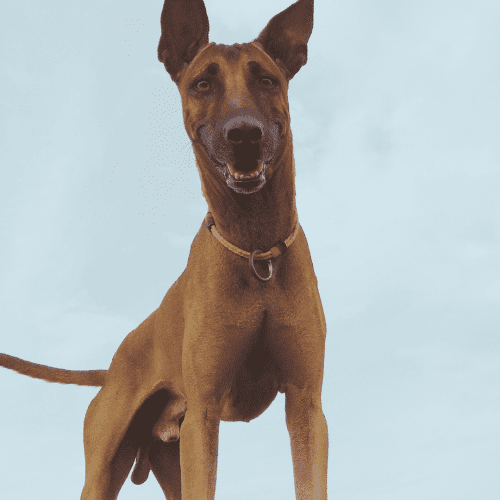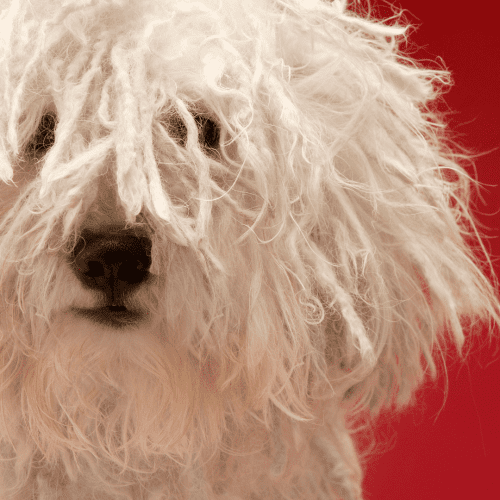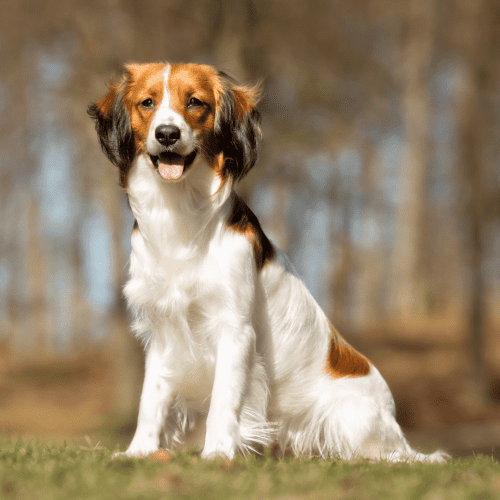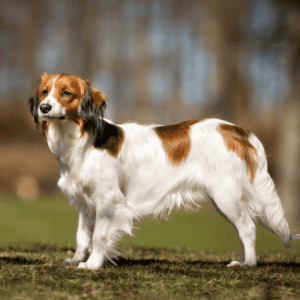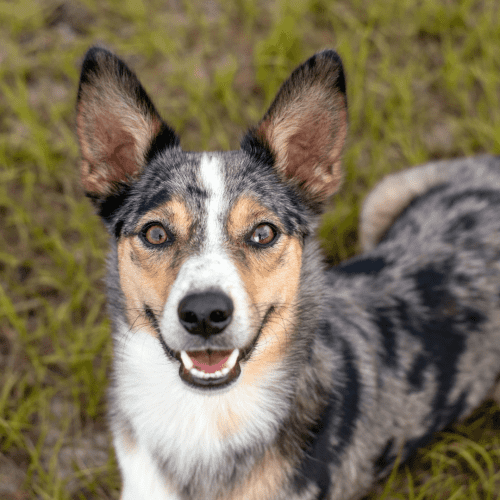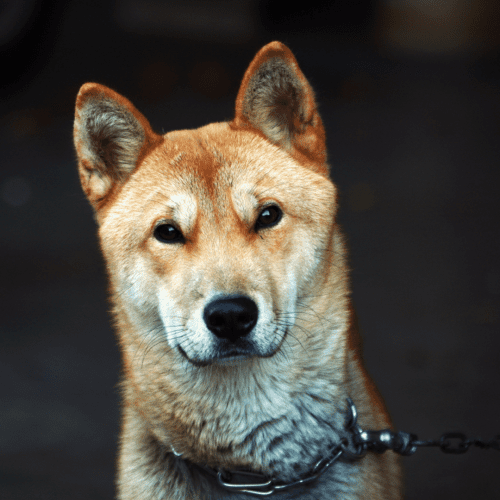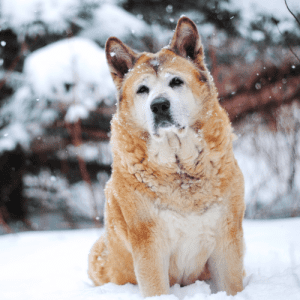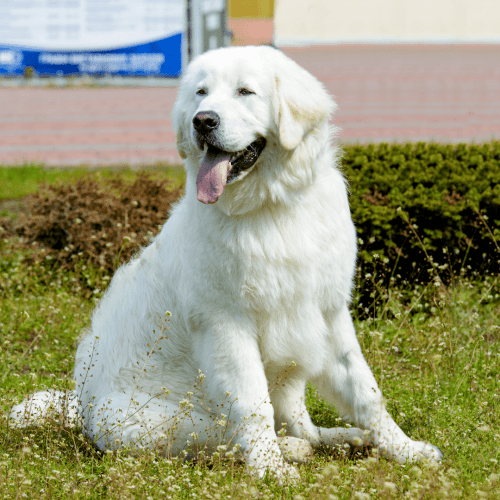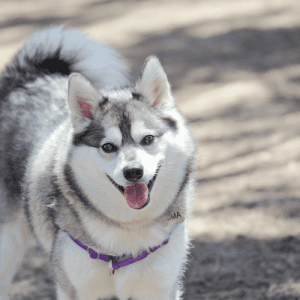
What Is The History Of The Alaskan Klee Kai Breed?
The Alaskan Klee Kai is a new breed of dog developed recently in America. The goal was to create a miniature version of the popular, larger breeds, such as huskies and Malamutes, by mixing them with smaller dogs like Schipperkes or American Eskimos. However, this process took place many decades ago, so it’s not surprising how rare these little guys can be!
What Does An Alaskan Klee Kai Look like?
The Alaskan Klee Kai is a spitz-type breed of dog that closely resembles the Alaskan Husky. They come in three size varieties: toy, miniature, and standard. The coat colors can be white, gray and white, red and white, or black and white. The undercoat is soft and dense, while the outer coat is more extended and harsher. The hair around the neck forms a “ruff” similar to a husky. There is also a “feathering” of hair on the back of the legs. The coat requires minimal grooming but does shed seasonally.
How Big Is An Adult Alaskan Klee Kai?
The average size of a male Alaskan Klee Kai is 15 to 17 inches tall and weighs between 16 and 22 pounds. The average size of a female Alaskan Klee Kai is 15 to 17 inches tall and weighs between 16 and 22 pounds. Some Alaskan Klee Kai may be smaller or larger than these averages.
Are There Other Dog Breeds Related To The Alaskan Klee Kai?
The Alaskan Klee Kai is related to the following dog breeds: Siberian Husky, Alaskan Malamute, American Eskimo Dog, Samoyed, Shiba Inu, Chow Chow, Akita Inu, Japanese Spitz, and Pomeranian. These breeds share similar characteristics with the Alaskan Klee Kai, such as a thick fur coat. These dogs also tend to be loyal and playful, making them great companions.
What Is The Life Expectancy Of An Alaskan Klee Kai?
The average lifespan of an Alaskan Klee Kai is between 12 and 16 years. Some individual dogs have been known to live up to 20 years, although this is relatively rare. Though generally healthy the breed like all dogs, are susceptible to specific health conditions. These include hip and elbow dysplasia, eye problems, and allergies. Responsible breeding practices and regular vet check-ups can help ensure that your Alaskan Klee Kai has a long and healthy life.
Can An Alaskan Klee Kai Be Trained?
An Alaskan Klee Kai can be trained to do various things, including obedience, tricks, agility, and even herding. They are intelligent dogs that excel at learning new things, so training them should be relatively easy, and be consistent and patient. Start preparing your Alaskan Klee Kai early on in life so they can get used to it and learn the basics before moving on to more complex tasks. With the proper training, your Alaskan Klee Kai will be a well-behaved and obedient dog that you can enjoy spending time with.
What Are Some Interesting Facts About An Alaskan Klee Kai?
1. Alaskan Klee Kai is considered a “designer dog” breed, meaning they are a purposely-bred, mixed-breed dog.
2. The Alaskan Klee Kai is a relatively new breed, having only been around since the 1970s.
3. Alaskan Klee Kai was bred as a companion dog and, as such, is very attached to its human family.
4. Alaskan Klee Kai comes in three varieties: toy, miniature, and standard.
5. The Alaskan Klee Kai shares many physical characteristics with its close relative, the Siberian Husky, including erect ears, thick fur, and a tail that curls over its back.
6. Alaskan Klee Kai is a very intelligent dog and a quick learner.
7. Despite their small size, Alaskan Klee Kai are relatively active dogs and need regular exercise.
8. Alaskan Klee Kai comes in various colors, including black, white, gray, and red.
How Does An Alaskan Klee Kai Interact With People?
The Alaskan Klee Kai is an independent and reserved dog breed, but they can be quite affectionate with their family members. These dogs will not be friendly with strangers yet will not show aggression. With proper socialization from a young age, the Alaskan Klee Kai can learn to interact well with people outside their immediate family. However, they may always remain somewhat aloof around strangers and prefer the company of their loved ones.

